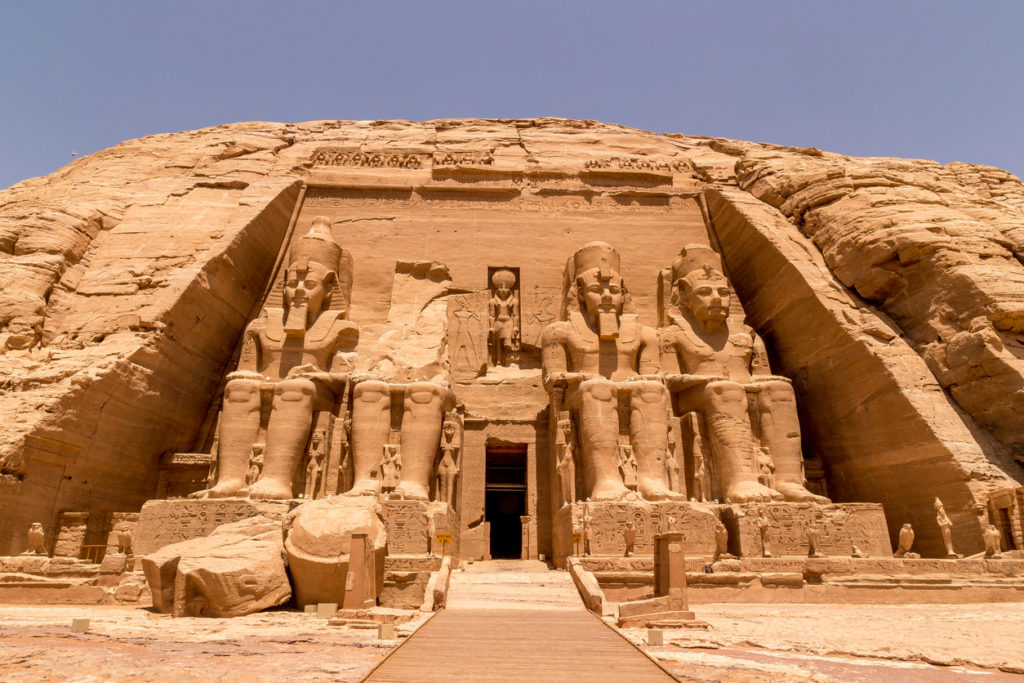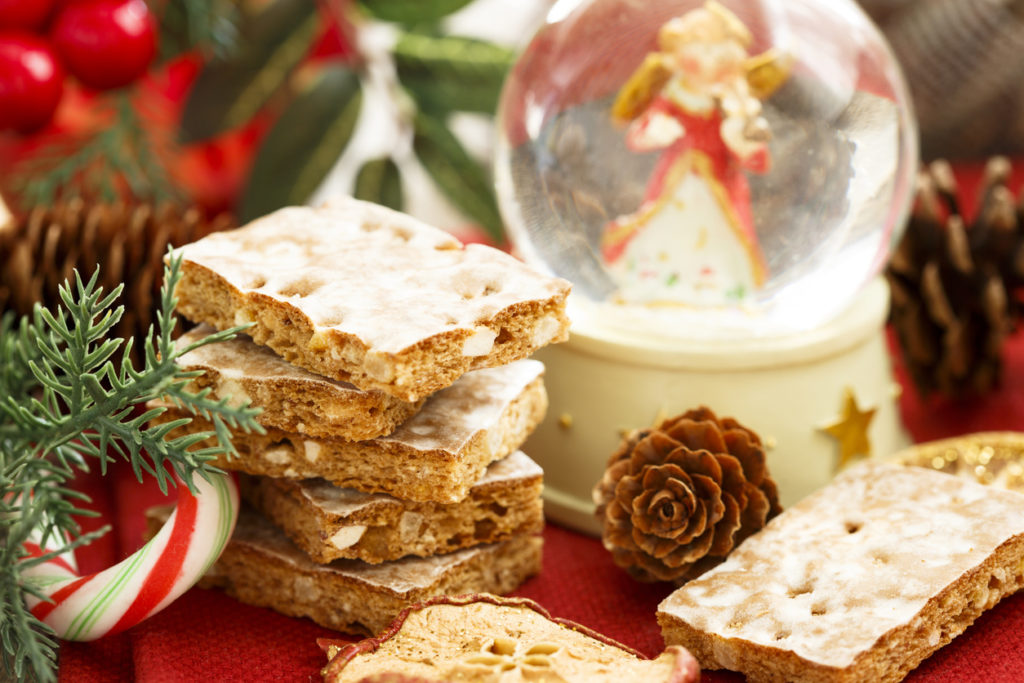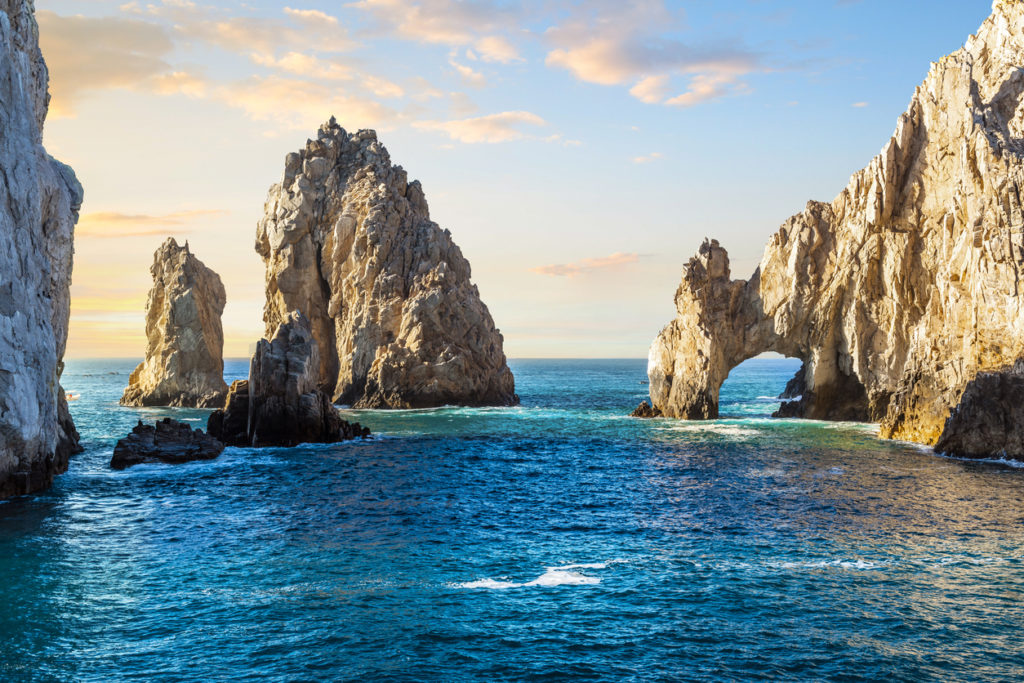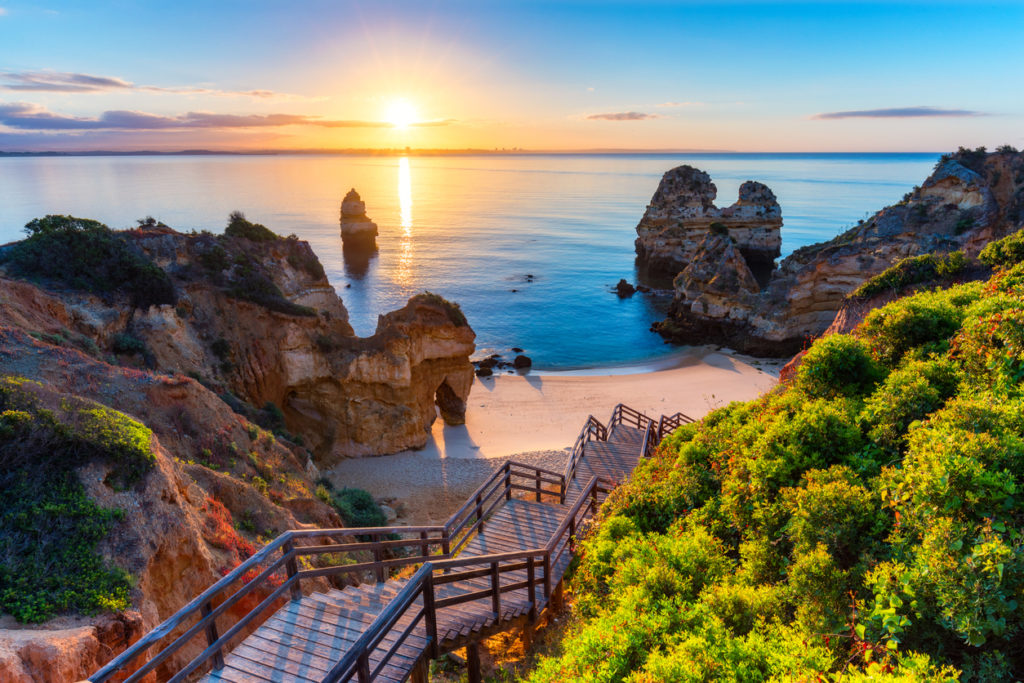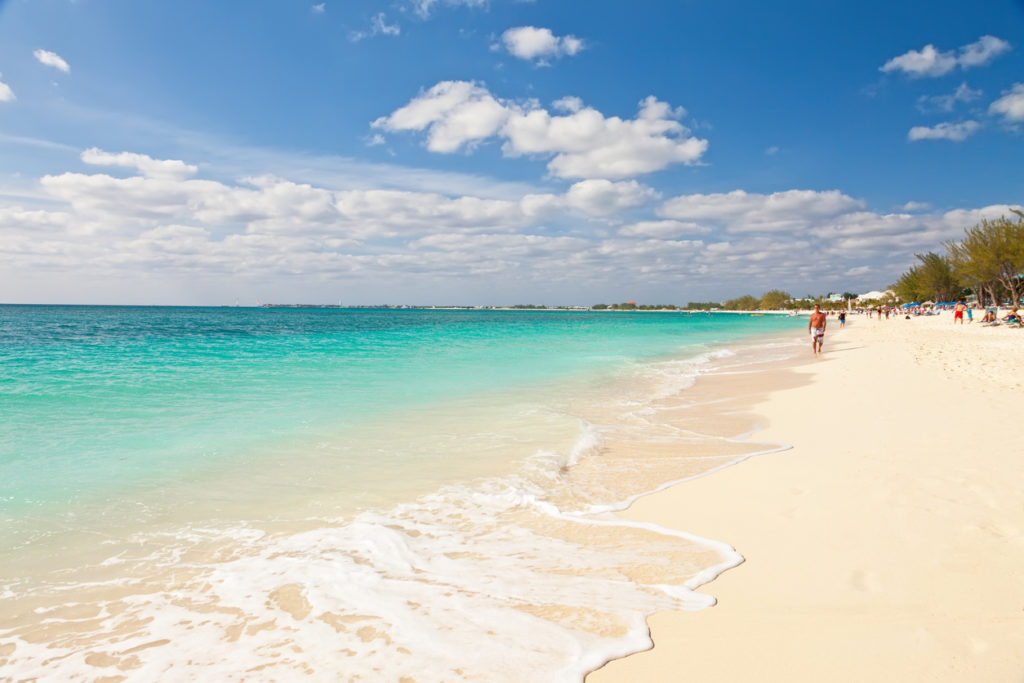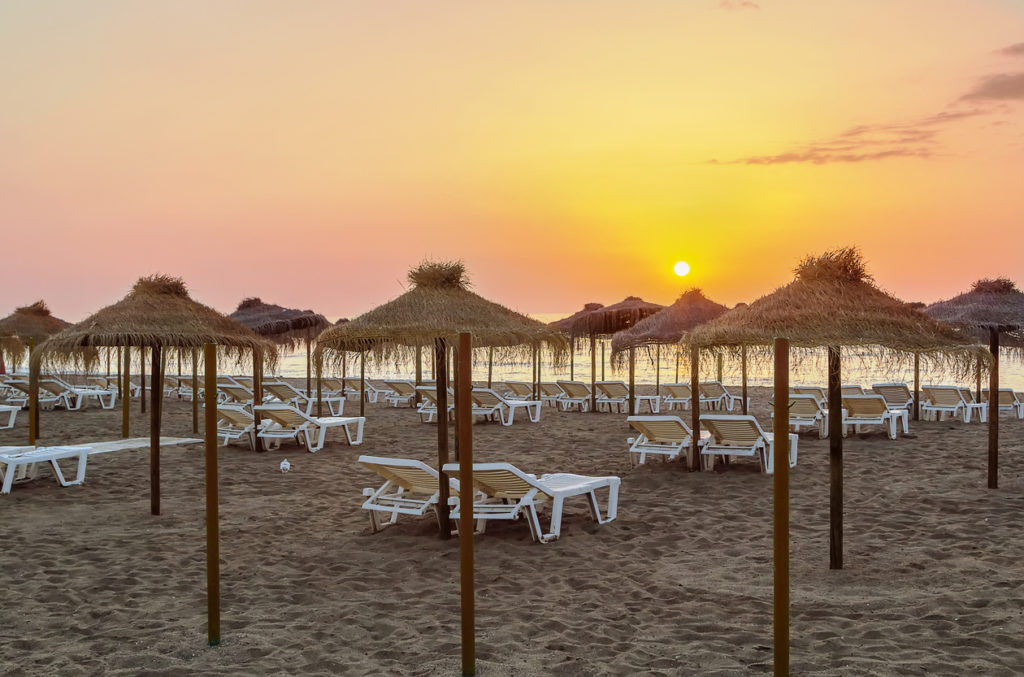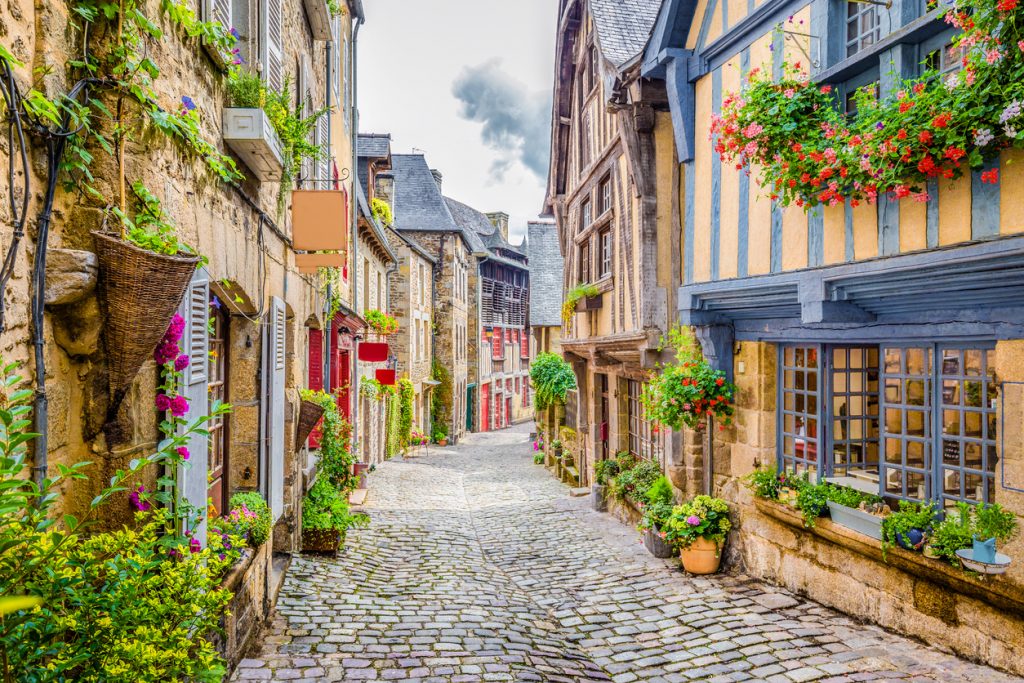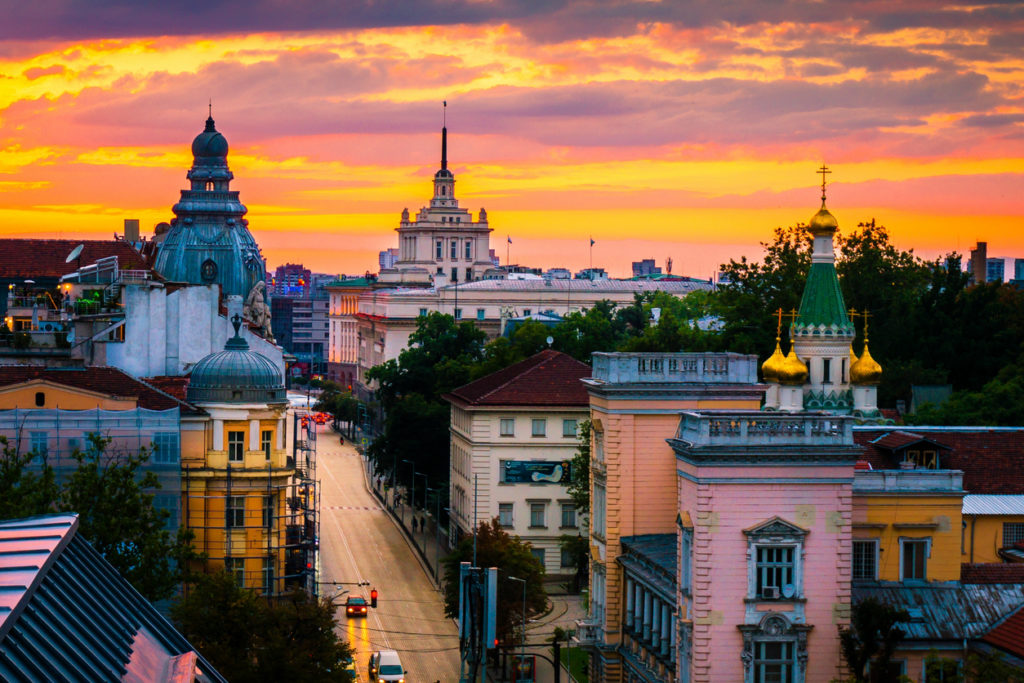
A city break in Sofia is a wonderful occasion to discover the fascinating history and vibrant present of Bulgaria. Even though the neo-Stalinist architecture continues to remind visitors of the country’s Communist past, it is useful to know that Bulgaria has a long and interesting history that goes beyond its 44 years of Communism. Most of the Bulgarian capital’s attractions tell stories about emperors and aristocracy, and, if you dig even deeper, you will get to meet the brave Thracian people, conquering Romans, and an impressive prehistoric culture.
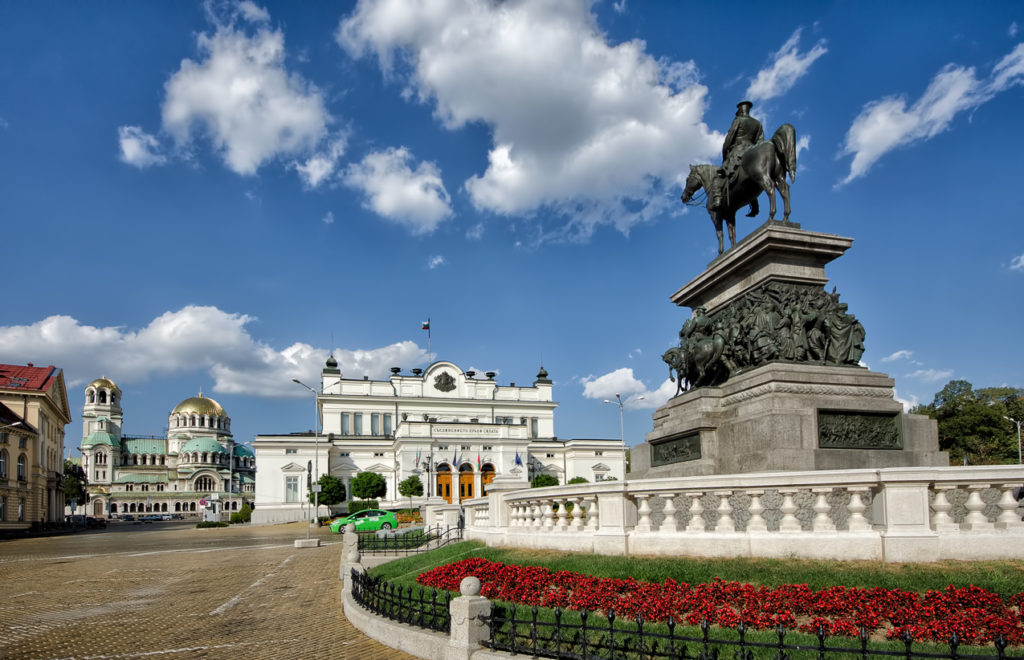
But not everything in Sofia is about the past. The capital looks forward and is eager to develop and consolidate its urbane existence. The city is vibrant and energetic, crossed by four modern metro lines, and home to numerous boutique hotels, shops, and restaurants. While the Bulgarian language and Cyrillic alphabet are deeply rooted in the people’s conscience and will probably never yield to any internationalism, the Bulgarians are welcoming and hospitable. Furthermore, the city is a gateway to the impressive Vitosha Mountains to the south and the Balkan Mountains to the north, the perfect destinations for tourists eager to discover the natural wonders of Bulgaria.
A city break is never enough to discover all that a European capital has to offer, but it will give you plenty of time to:
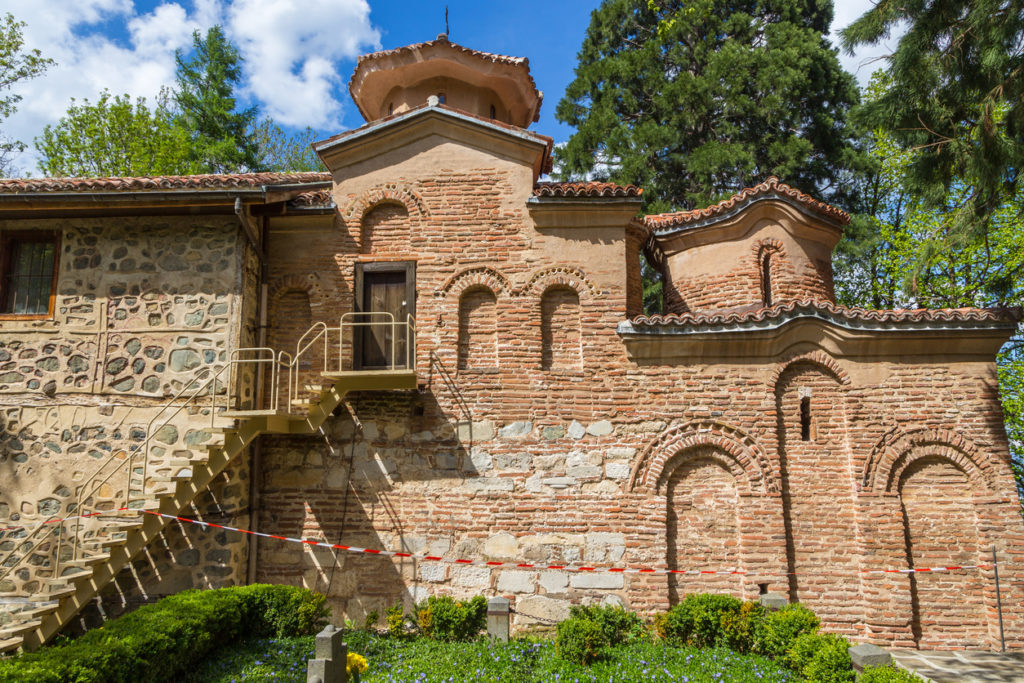
Visit Boyana Church
Bulgarians are mostly Orthodox Christians and many of them continue to practice this religion. The city abounds in churches but one of the most cherished religious sites is undoubtedly the tiny Boyana Church. This medieval sacred place houses 13th-century frescoes considered to be a beautiful example of medieval art. Boyana is included on the UNESCO list of World Heritage sites and is worthy of the attention of any traveler who visits Sofia.
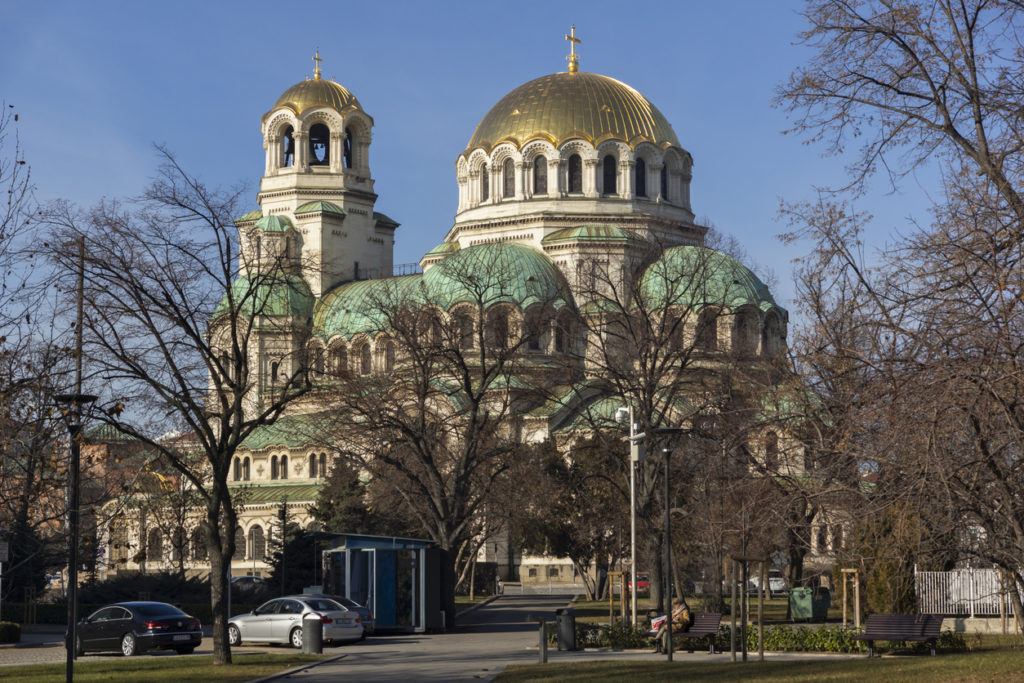
Be in awe with Alexandar Nevski Cathedral
A truly photogenic monument, the St Alexandar Nevski Memorial Church dominates the city skyline with its magnificent copper and golden domes. Built between 1882 and 1912, this is one of the largest Eastern Orthodox churches in the world and a superb example of neo-Byzantine architecture. If you think the exterior is overwhelmingly beautiful, wait till you’ll get inside and discover vast domes and some of the most delicate murals that ever adorned the walls of a sacred site. The cathedral’s crypt houses over 300 icons and frescoes that date back to the ninth century.
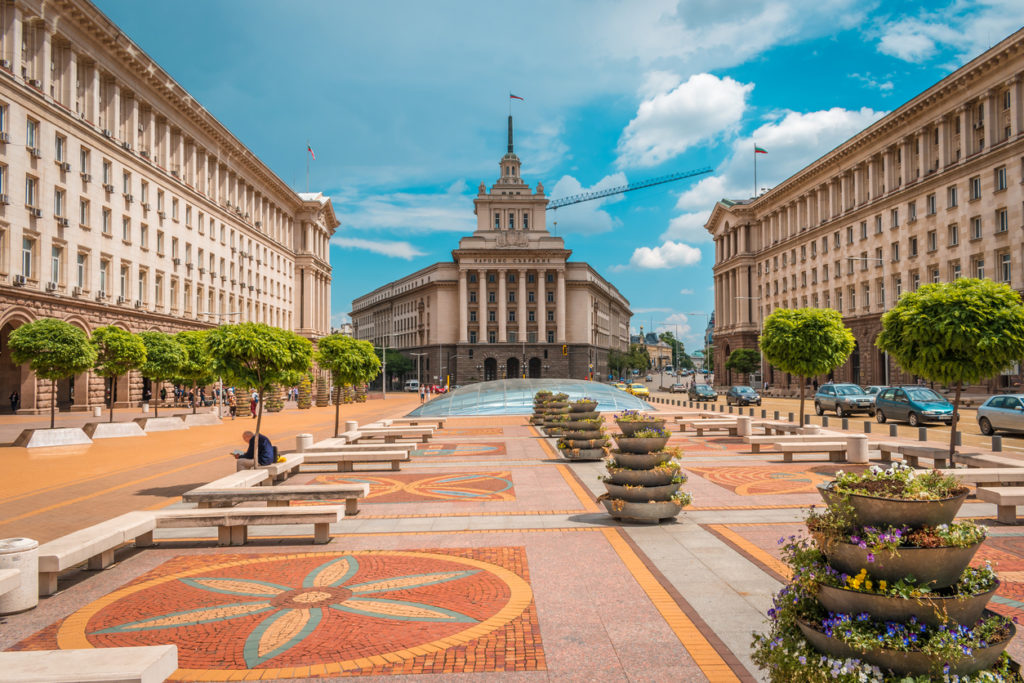
Head to the museums
If you want to see past misconceptions and discover the real history and culture of Bulgaria, visit Sofia’s museums. The Museum of Socialist Art will help you understand the Socialist culture through sculptures and paintings that portray the period and exude a certain melancholy for those who have lived during those times. The Ethnographic Museum familiarizes visitors with the Bulgarian rural life and different aspects of the local culture. If you’re curious to learn more about Bulgaria’s art, there’s no better place to admire masterpieces than at the National Art Gallery which houses over 60,000 works of art.
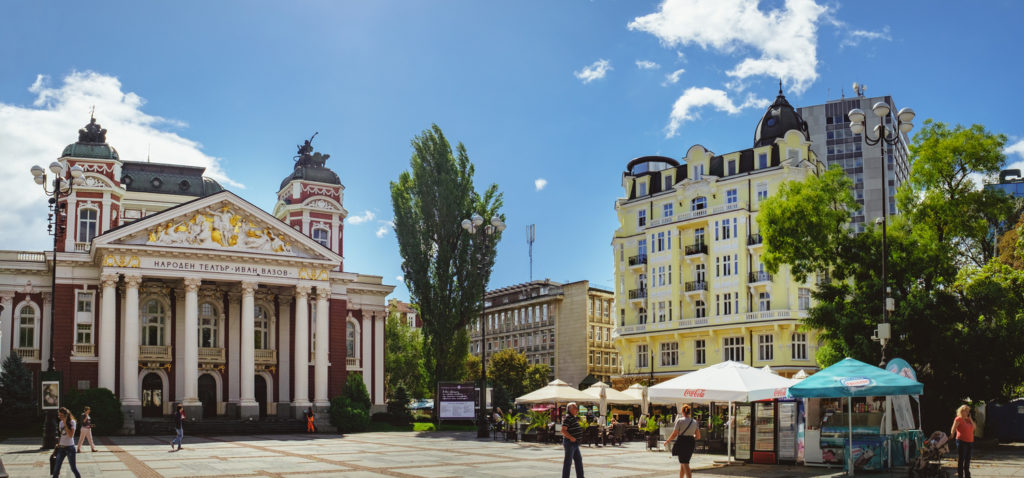
Answer the call of the Ottoman Empire
Under the Ottoman occupation, Sofia was home to no less than 70 mosques. Many Muslims are living in the Bulgarian capital and one of the mosques built during the occupation is still functioning. Banya Bashi Mosque was built in 1576 by Mimar Sinan who is known for building the grandiose Blue Mosque in Istanbul. The mosque is remarkable due to its domed ceiling and the beautiful interior adorned with blue tiles and calligraphy. The muezzin calls worshippers to prayer five times a day and on Friday the mosque becomes a meeting place for hundreds of them.
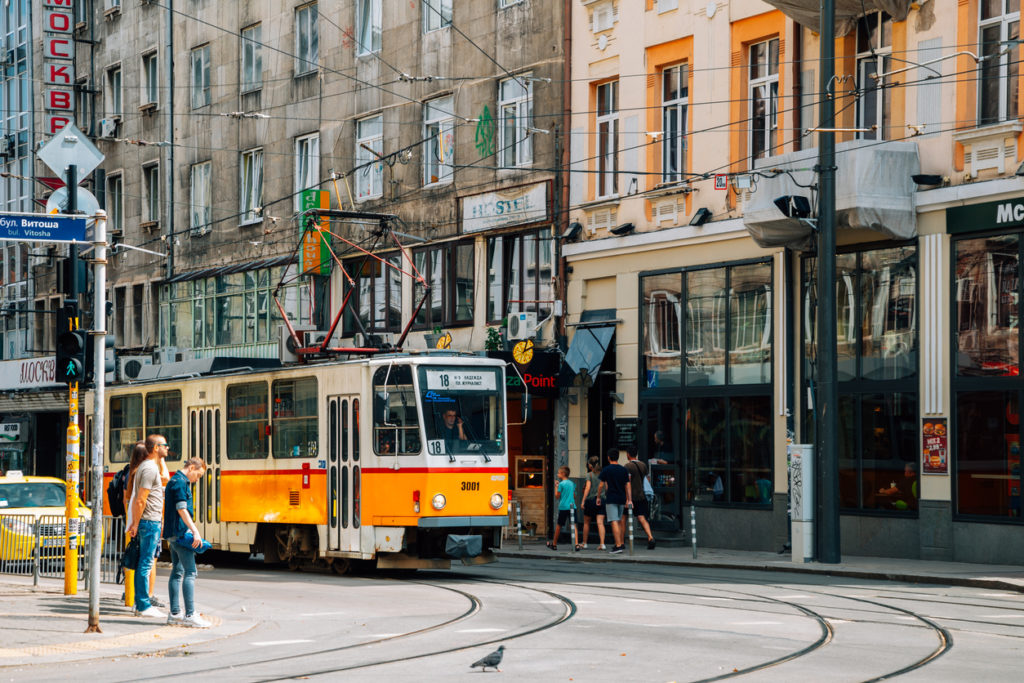
Take a walk along the Vitosha Boulevard
A high-end pedestrian street, Vitosha Boulevard is the destination of choice for both shopaholics and gourmands. The boulevard is lined with Art Nouveau buildings that lure visitors inside with luxury clothes and accessories created by names like Versace, La Perla, Armani, and Trussardi. If you’re not in the mood for shopping or you simply need a break, you can always rest for a while and enjoy a coffee or a Bulgarian dish at one of the many restaurants, cafes, and bars you’ll find along the way.

